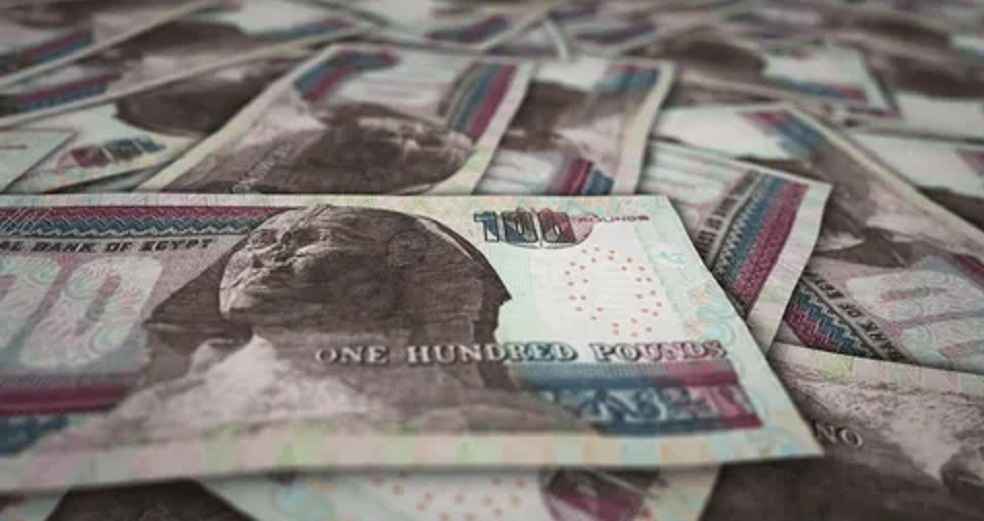Car makers in Egypt are expanding their operations after the resolution of a prolonged currency crisis earlier this year. The devaluation of the Egyptian pound in March has made Egypt more attractive as both a consumer market and an export hub.
Nissan’s Strategic Expansion
Nissan, which produces the Sunny model in Egypt, has announced expansion plans. Around 60% of the Sunnys made in Egypt are sold locally, with the rest exported to regional markets. Over the past two years, Nissan has exported more than 15,000 units from Egypt.
Nissan Egypt’s Managing Director, Mohamed AbdelSamad, said the company aims to strengthen its base in Egypt to serve the wider African continent. By the end of the year, Nissan will introduce a new model for local production and is investing in its Sixth of October City facility, which will become Egypt’s first fully solar-powered automobile plant.

Egypt’s Geopolitical Advantage
AbdelSamad highlighted Egypt’s strategic location, providing access to Africa, Europe, Asia, and the GCC. He noted that Egypt’s population of over 106 million offers a large workforce with lower living costs than other MENA countries. While local suppliers still need improvement, he believes they are steadily growing.
Government Support for Local Manufacturing
The Egyptian government has announced plans to support local manufacturing, including the construction of three factories for automobile parts at a cost of $1.4 billion. AbdelSamad expressed confidence in the feasibility of local manufacturing with this support.
Stellantis Enters Egyptian Market
Stellantis, formed by the merger of Fiat Chrysler and Peugeot, announced in September plans to assemble Jeep Grand Cherokees in Egypt. Samir Cherfan, Stellantis’ Chief Operating Officer for the Middle East and Africa, said a second model will be announced in early 2025, with a third under consideration.

Cherfan credited the currency devaluation for enabling these investments. Stellantis aims to produce around 45,000 units annually across several models, with many destined for export. However, Cherfan expressed concern about potential cuts to export subsidies due to government budget constraints.
Risks and Future Prospects
Despite Egypt’s advantages, the risk of another currency crisis and the limitations of local suppliers raise production costs compared to countries like Turkey and Morocco. However, Cherfan believes that with stability and development, Egypt could compete on costs with these countries. Stellantis remains committed to Egypt, aiming to develop the local supplier base in a scalable way while navigating regional risks.
EV WORLD | Toyota Chairman Warns Job Losses Loom as Electric Vehicle Shift Accelerates





